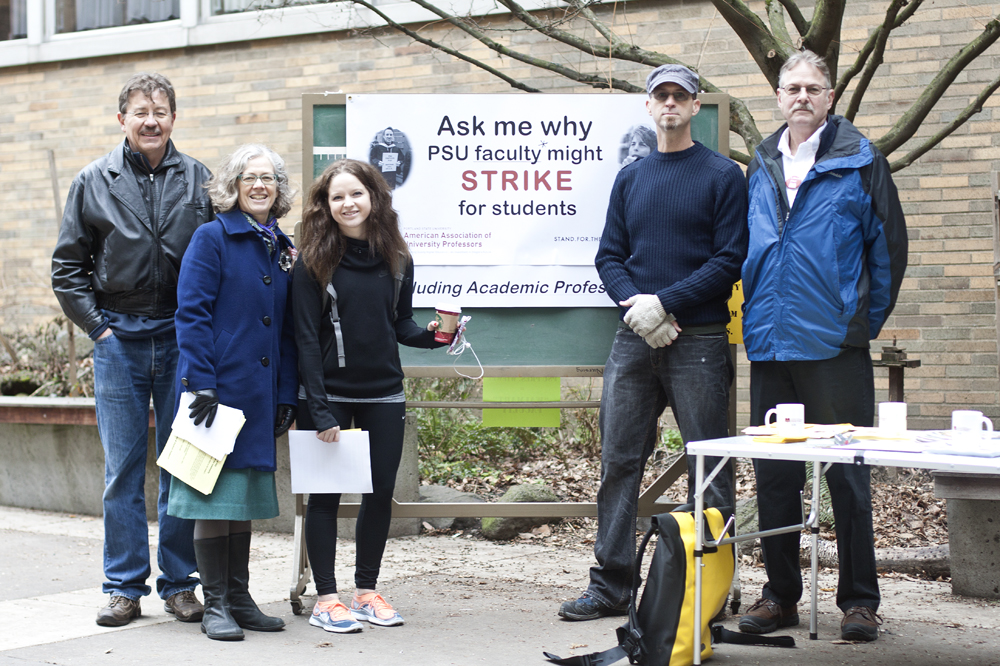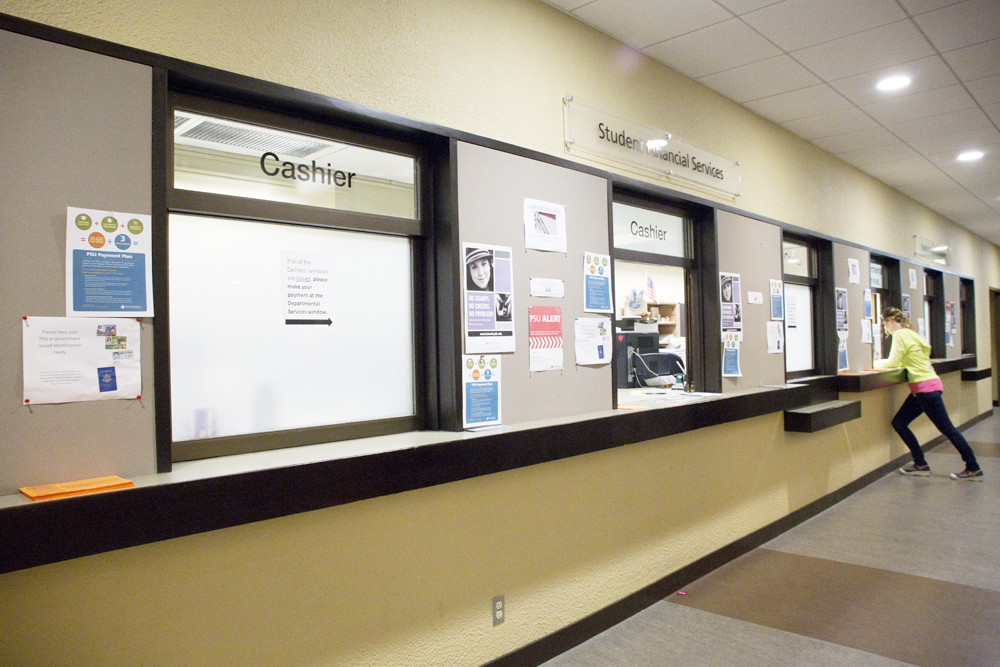Salmon feast celebrates fishing heritage
The unincorporated town of Celilo Village, Ore., played host to hundreds of celebrants April 9 for the annual First Salmon Feast to celebrate the return of the salmon to the Columbia River, and the return of life to the local Native American peoples.
Celilo Village is about 10 miles east of The Dalles, on the Oregon bank of the Columbia just off I-84. It is situated on land adjacent to the ancestral Celilo Falls fishing grounds, the ancient waterfalls drowned by the U.S. government in 1957 via the impounded waters of The Dalles Dam.
In the native tongue, Celilo Falls was called “wyam-pum,” “the place of water echoing on rocks.” The roar of the 40-foot falls could be heard for miles, and for those standing near the site, the earth trembled.
A thriving hub of local commerce as recently as 49 years ago, Celilo Village today is inhabited by fewer than 100 people and comprises a collection of small houses, abandoned trailers and a single, spectacular building rising far above the others: the Celilo Longhouse.
Every year, the Columbia River Intertribal Fish Commission hosts the First Salmon feast. For Native Americans of the Columbia Basin, salmon isn’t just a food – it’s a way of life, a locus of creation and the center of their spiritual practices.
Two days earlier, on April 7, the Native American Student and Community Center at PSU had held a program called “Salmon Stories.” The event featured Yakama tribal elders Jerry Meninick – former chair of the Yakama Tribal Council – and Carol Craig, Public Information Manager of Yakama Nation Fisheries.
Portland writer and poet Elizabeth Woody moderated and also read from her poems and essays, telling stories of the salmon and of the thriving centuries-old fishery at Celilo Falls. “When fishing, our elders taught us, ‘Take only what you need. Let the rest go.'”
She told about the traditional songs, taught to her by her grandmother “using the old words.”
“She told me that if I learned the old language and then learned the songs about the salmon and about creation, I’d know everything I needed to know,” Woody explained.
Meninick and Craig talked about the Yakama peoples’ efforts to strengthen their tribal status and restore their local fishery, the latter damaged by dams and development. Craig showed a PowerPoint presentation featuring the efforts of the Yakama Nation Fish and Wildlife Resource management program.
The verdict? Although the Columbia Basin’s wild salmon have shown a recovery in many areas, their future is still uncertain.
“Are we strong enough to live without the salmon?” Woody asked. “I don’t know.”
The meeting was cosponsored by the Center for Columbia River History, a consortium of regional partners from Portland State, the Washington State Historical Society and Washington State University Vancouver.
Also in attendance was Katy Barber, professor of history at PSU and CCRH associate. Barber is the author of the recently published book, “Death of Celilo Falls.”
At the conclusion of the presentation, the elders invited the listeners to the traditional First Salmon feast, to be held at Celilo two days later.
“Tradition is simply the best way of doing something,” Woody said. “It’s time-honored and time-based.”
The annual First Salmon feast, accompanied by a day of ritual, prayers and ceremony, honors the return of the life-giving fish and pays the necessary homage to allow their life cycle to begin anew. Traditionally, the feast must be completed before fishing, hunting, root-digging and gathering seasons can officially begin.
The feast and ceremonies take place in the Celilo Village Longhouse. Men enter the longhouse and sit along the north side, while women enter and sit along the south. Drumming, chanting and rounds of prayer fill the longhouse before the ritual meal.
According to Woody, “Everyone wears their best.” At the feast, the women and girls wore vibrantly colored dresses while the men and boys donned ribbon shirts, everyone bedecked in silver and feathers and beads.
The ceremonial feast, which began and ended with water, featured the four sacred foods.
First was the salmon, cooked outdoors on barbecue grills or spit-planked in front of an open flame.
Next came venison. The feast menu featured two kinds: a pot roast of venison and pieces of smoked-dried elk.
Roots were next, often described as having a slight, astringent bitterness, perhaps hinting at the vitamins within.
Finally came the berries – huckleberries gathered during the previous late summer and frozen for the ceremony.
Potatoes, carrots, biscuits and salad rounded out the Celilo feast. The participants ate slowly and with great pleasure, enjoying the delicious food, the community and the richness of participating in a ritual that had endured with little change for centuries.




